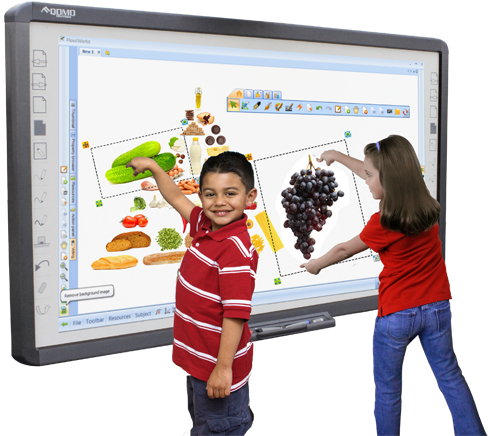(21/12/15)
This last week we have learnt how to create podcast recording our voices in Audacity, and how to upload them to Podomatic.Audacity is a free audio editor, that allows us to record audio files with a microcphone. With this program we can edit eassily what we´ve recorded, and add some effects to the audio. However, we just recorded one small extract to learn how it works, and we didn´t go deeply in learning all the features that the program has.
Here it is my podcast, in which I present myself, and say why do I think podcasts are useful.
Podcasting can be a very interesting tool for using in the classroom, as children can use it to improve their pronunciation and speaking.
Podcasts can be used in the classroom:
- To develop reading, speaking, writing, and listening skills
- To acquire information
- To develop technology skills and applications
- To learn interactive ways to communicate knowledge to real audiences
- To develop positive academic self-concept
- To develop sense of audience and purpose when reading, writing, and speaking
- To develop a student ownership of language
- To encourage active participation and learner-centered focus
- To develop multicultural awareness
Some ideas for using podcasts in the classroom could be:
- READING: Students read aloud a poem or another piece of text (stories, fairy tales, etc) and they record themselves and listen to it afterwards
- LISTENING: They record a piece of text including some questions. They listen to it and answer the questions.
- SONGS: They record themselves a songwriting the lyrics in the description of the podcast. It could be a fill-in the blank activities.
- RECIPES: One student records one cooking recipe but some stages or ingredients are missing.
- RECORDING: One student records one part of a text and another student continues recording the second part. Collaborative tasks.
- ORAL SURVEY: Students record themselves asking some questions, then podcasts are swapped and students answer the recorded questions. They can record the answers as well.
- DESCRIPTION: some images are uploaded to the description of the podcast and they describe them to create a story.


